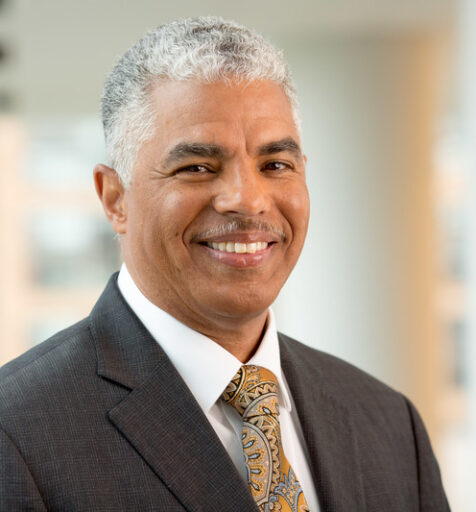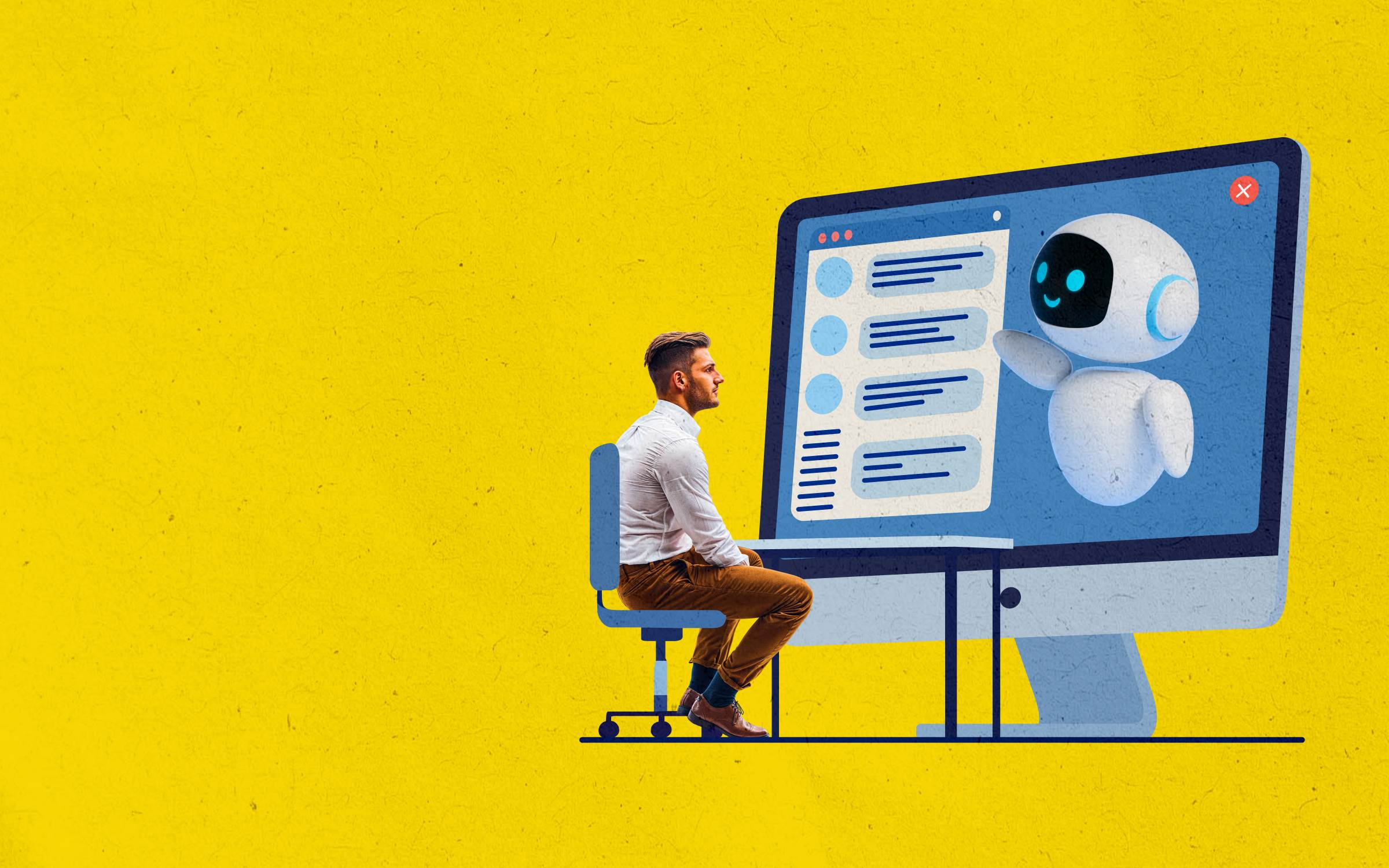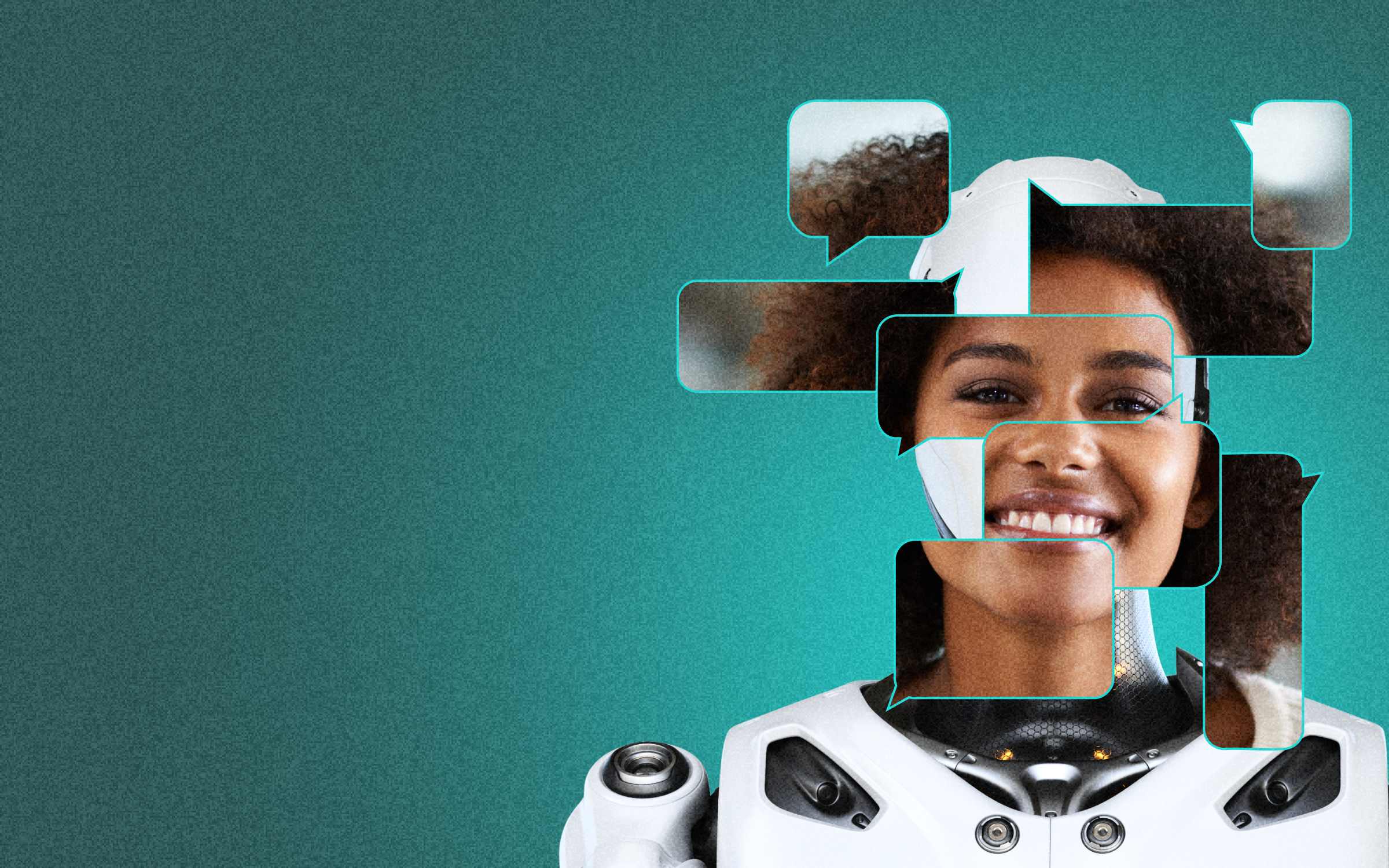National Public Radio received a $1 million grant in May to support their ongoing DEI work, which includes tracking the demographics of sources appearing on their newsmagazine shows. This has been an area of growth for NPR — 23% of sources were people of color in FY13 compared to FY21’s 39%, according to their public source tracking data, which is updated on a quarterly basis.
Important to note is that increases have been most significant in stories about race, where three of every four sources were people of color, whereas one-third of the sources were people of color in stories that were not related to race. According to Keith Woods, chief diversity officer at NPR, apart from content diversity, the other key focus areas are audience diversity, staffing diversity, and workplace diversity. Woods has been leading DEI efforts at NPR for the past 12 years.
To improve audience diversity, NPR’s goal is to have a greater percentage of Latino and African American listeners. “I think the end result will come, but I don’t think we could get there without all the things that are happening today,” says Woods.
Read on for an edited excerpt of our exclusive interview with Keith Woods about NPR’s progress in supporting DEI and the challenges of being a chief diversity officer.
Senior Executive Media: Are there any unique diversity challenges that come up in public radio or in publishing that you’ve noticed over your time?
Keith Woods: This is less so today, but was the case at least at some point. Public radio, and I’m going to speak in unfair, broad swaths to say this, but public radio is impressed with itself when it comes to its open mindedness and cultural liberalness, and so getting public radio to understand it had a problem, it was part of the problem, has always been harder than when I’ve worked with commercial organizations that already know, accept that they have problems. It’s maybe less so today. 2020 was impactful, people saw themselves for what they were for a little while. That is a challenge organizationally in the profession, in the network, to get people to realize it. As I’ve said many, many times over: we are only America. We got to stop thinking that we are something different or better. If America’s got some serious problems with race, guess what, we’re just America. We have to act that way to effect change.
That’s the problem for pipeline, or staffing diversity, which is a college campus to network kind of pipeline, the stations that are run, a huge number of them on college campuses, and so for all sorts of reasons, including our low salaries, we’ve had a hard time bringing in people of color. The reason that salaries is especially an issue for people of color is, societally, this is painting with a broad brush, we are more likely to find people in white America who can afford because they got a second income to work for a small, low wage than people who are the breadwinners of their families among people of color. Our salaries have been a disincentive. It’s still a problem. We have increased our salaries but here’s a mitigating reality, that if you work in Gannett just as a simple example, in journalism, you have watched the steady dismantling of what was a great organization and massive, nonstop layoffs going back now 22 years ago, just nonstop for 22 years. We’ve seen it in commercial media, especially newspapers. That has not been the case in public radio, specifically at NPR. We have that stability going for us. It’s very fragile, but we’re not waiting to find out what the stockholders are going to do in the next quarter, and that makes a big difference.
“The work of the CEO is to understand that the head of the person you put in charge of diversity can’t be the only one who can fail on diversity in the organization… You can’t deputize a single person and think everything is going to change.”
Senior Executive Media: How have you seen DEI evolve at NPR?
Keith Woods: We have organizationally established a strategic mission to expand the diversity of our audience. So, as a catalyst for a lot of things that happened in NPR and beyond in our member station universe, that what we call the North Star is the beginning of the conversation. If you want to diversify the audience, it implicates every other part of the organization in the work, which is strategically a big shift for NPR. It is the most important shift we’ve made in this work in the time that I’ve been here, and that’s coming up on 13 years. It is at the evidence and guidance of [CEO] John Lansing who raised the work to the strategic center in early 2020… He said I have one of my top priorities to change the demographics of my leadership team, which was 80-90% white when he arrived, and it is at the highest level of the organization right now, with over 40% people of color today, and that’s just over three years.
NPR is one of the few news organizations and maybe organizations in the country, where that higher up you go with the organization, the more diverse the staff gets: it’s slightly more than 50% women, once you get to the top of the organization, and that’s true, with slightly different numbers when you go down one level from the C-suite… You’ve got to start at the top on this work, from a C-suite level to a CEO level. There’s no other way to imagine success here than that.
The CEO tripled the DEI staff, which is to say that he added two more people when he came in, in the early part of 2020. He elevated my job to C-suite in 2020, and then I brought in a woman who is now a director, and a coordinator below her. Literally, we can do three times as much with just the three of us. The reality of our organization today is that the DEI team is just one part, now of the work that’s happening in the name of DEI at NPR. We’re neither all of it nor are we over all of it, which is an interesting and I think wonderful evolution in working in the time that I’ve been at NPR, which is yet another important message for CEOs. We’ve seen this in our profession that after George Floyd was murdered, the world suddenly woke up again to issues of DEI. We had a lot of organizations that immediately went out and said, okay, what we need is a chief diversity officer, what we need is a director of diversity, and they hired a single person with no support staff, with no mandate for anybody else to do any of the work, and they say that now we’re on it. I can tell you from personal experience, and I can tell you from watching our professional videos, that it is a really bad plan.
The work of the CEO is to understand that the person you put in charge of diversity can’t be the only one who can fail on diversity in the organization. That was my situation for years — the only person in the organization who could be fired on DEI was the person in charge of DEI. [The CEO] changed that and made that one of the metrics for bonuses for senior leaders. He also moved on a couple of people who were failing, who worked in counter to the goals that he set. You can’t wish this away. You can’t. You can’t deputize a single person and think everything is going to change. We have what’s called a DEI Audience Hub, which is [led by] a handful of people from the team that does our audience analytics. Every month, they gather together all of the data that they can find from across the organization and they call a meeting. A bunch of people from all over the organization come, and we share information about what’s happening top to bottom in the organization around DEI, and that tends to have a multiplying effect when people get recognized for the work that they’re doing somewhere else… The CEO didn’t make that happen, nor did the head of diversity, but the culture of the organization made it possible.
Senior Executive Media: You mentioned when you first started, there wasn’t much support for a DEI division and changes in leadership. How were you able to build that foundation for yourself, until you got the additional support?
Keith Woods: I’d say I was one negotiating point away from leaving the organization at one time several years back, because the support was so thin. I’m not going to say that I’ve soldiered on and found the internal fortitude. I was like anybody else in a moment like that, thinking this might be time to get out here. Part of the survival answer to your question going all the way back into my hiring and some of the internal struggles that I encountered then, my strategy has always been for my tier in the organization is to simply figure out what I can do under the circumstances. Sometimes that meant when I started I could run workshops internally because I totally controlled my capacity to do that, but I couldn’t get from my seat in the organization, other senior leaders to get very serious about work. After making enough attempts to do that, I decided this isn’t the time to try to do that, do something else. A lot of it was simply adjusting to the opportunities in front of me in the organization.
When the [new] CEO was hired in 2019, and we had our first conversation, he intended to promote me. He told me earlier that he was going to do it, and I told him I didn’t want him to do that until I knew that he had an actual plan because I’ve been promoted once before publicly and had been embarrassed by the absence of any meaning behind that promotion. I didn’t want to go through that again. I’ve personally known my CEO for close to 30 years, so we were having real conversations from the very beginning. When he finally got around to saying, okay, we’re going to do the promotion, we did it in early January of 2020. I said, I’m going to go look at the job description and change [it] to match this position… Well, I dug out into the job description from at that point 10 years earlier, dusted it off, and it was the job that he’d asked me to do. I’d just never done it because none of the other CEOs had made it possible. So I changed nothing about my job description when he made me chief diversity officer. I simply could now say that I could do the job.
Senior Executive Media: What were some of the things that allowed you to do to achieve those steps?
Keith Woods: Well, I will say this 1,000 times: allows is the wrong word. I mean, I don’t need to be allowed to do anything. In fact, what I needed [the CEO] to do was demand. You cannot in an organization leave ambiguity about what your wishes are, if you’re the CEO on this issue, because when he demands something of me, then my mandate now carries on to all the other people that kind of coordinate with in order to achieve that the thing that he’s demanded of me, there is power. I don’t supervise any of those people, but there’s power in carrying the mandate of the CEO into the conversation with my peers that I didn’t have. Working with senior leaders to help them develop their DEI plans was in the original job description. I sat down with many of them in the first couple of years that I was in a job, and it was an exercise in symbolism, because nobody ever went back to say, did you do that thing that you said you were going to do? I certainly didn’t have the power to hold anybody accountable for it.
Part of the job is to work with member stations on their own DEI plans. We do not run any member stations, they run themselves, but we are available as consultants if they want it. That was something that I could do, regardless of who the CEO was over the years. Sometimes I did more of it, and sometimes I did less of it depending upon whether I could do other things in the organization. But having a CEO who says I need this to happen, allows me to prioritize that work over other things, and say no to things that might not count to achieve it. All of those things are possible because he also green-lit new hires to expand our capacity to do the work. Because he also instructed other people to do things that I then needed – they needed me to work with him on doing it, but they weren’t responding to my email that said hey, I’d love to work with you on getting your plan together, they were responding to his instruction that you need to do something. I’m a resource that gets tapped now because somebody else knows that they need to get into the work and maybe one of the lessons from that whole period leading to today is that [the CEO] hired people who cared about this stuff, so there’s a lot of convincing I don’t have to do. The people who are here who remain here, are finding their own mission in this work. It’s not like anybody standing over people today with a big stick, saying do it or else, you can’t sustain a plan, any good strategy will fail if that’s the motivation. You might get some short term gains, but it’s going to collapse, ultimately, if peoples’ motivation is coming from a fear of reprisal. That’s CEO 101.







